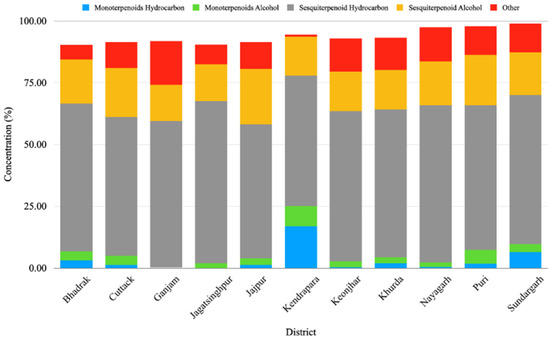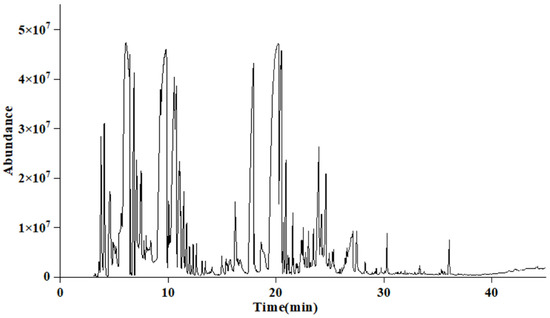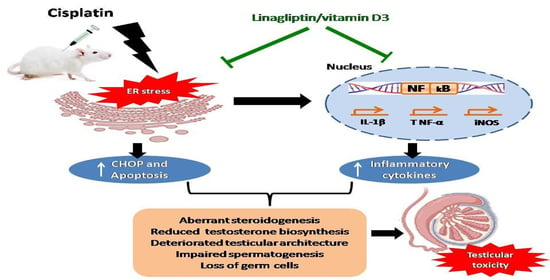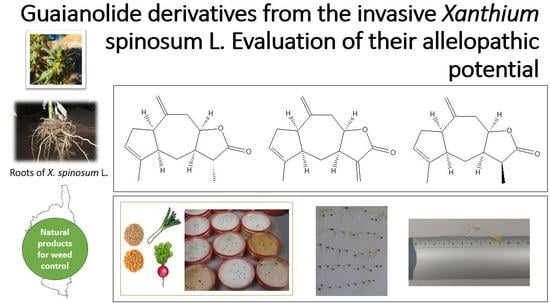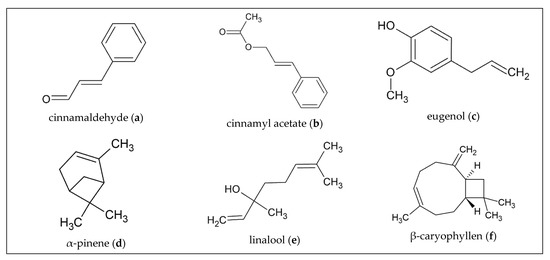Molecules 2022, 27(21), 7302; https://doi.org/10.3390/molecules27217302 - 27 Oct 2022
Cited by 12 | Viewed by 3109
Abstract
Magnolia champaca (L.) Baill. ex Pierre of family Magnoliaceae, is a perennial tree with aromatic, ethnobotanical, and medicinal uses. The M. champaca leaf is reported to have a myriad of therapeutic activities, however, there are limited reports available on the chemical composition of
[...] Read more.
Magnolia champaca (L.) Baill. ex Pierre of family Magnoliaceae, is a perennial tree with aromatic, ethnobotanical, and medicinal uses. The M. champaca leaf is reported to have a myriad of therapeutic activities, however, there are limited reports available on the chemical composition of the leaf essential oil of M. champaca. The present study explored the variation in the yield and chemical composition of leaf essential oil isolated from 52 accessions of M. champaca. Through hydrodistillation, essential oil yield was obtained, varied in the range of 0.06 ± 0.003% and 0.31 ± 0.015% (v/w) on a fresh weight basis. GC-MS analysis identified a total of 65 phytoconstituents accounting for 90.23 to 98.90% of the total oil. Sesquiterpene hydrocarbons (52.83 to 65.63%) constituted the major fraction followed by sesquiterpene alcohols (14.71 to 22.45%). The essential oils were found to be rich in β-elemene (6.64 to 38.80%), γ-muurolene (4.63 to 22.50%), and β-caryophyllene (1.10 to 20.74%). Chemometrics analyses such as PCA, PLS-DA, sPLS-DA, and cluster analyses such as hierarchical clustering, i.e., dendrogram and partitional clustering, i.e., K-means classified the essential oils of M. champaca populations into three different chemotypes: chemotype I (β-elemene), chemotype II (γ-muurolene) and chemotype III (β-caryophyllene). The chemical polymorphism analyzed in the studied populations would facilitate the selection of chemotypes with specific compounds. The chemotypes identified in the M. champaca populations could be developed as promising bio-resources for conservation and pharmaceutical application and further improvement of the taxa.
Full article
(This article belongs to the Special Issue Chemometrics in Analytical Chemistry)
►
Show Figures
